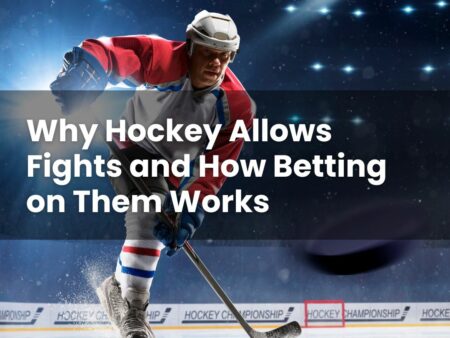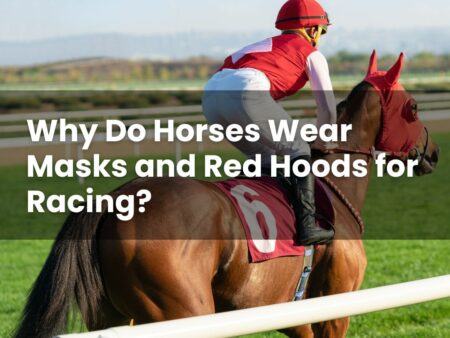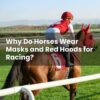Horse racing has its own set of words and abbreviations that can be puzzling for newcomers. If you’ve ever seen the term “Pulled Up” or “PU” next to a horse’s name while watching races or browsing results, you might have wondered what it actually means.
Learning what “Pulled Up” stands for could help you read race cards and race reports more easily. This guide will explain what “PU” means in horse racing, how it affects each race, and what you might expect if you see it next to your favourite runner. Read on to learn more.
What Does Pulled Up Mean in Horse Racing?
If you see “Pulled Up” or “PU” in a result, it means the jockey has decided to stop the horse partway through the race. This decision is made when the jockey feels it is no longer safe or sensible for the horse to keep going. Common reasons include tiredness, loss of stride, lameness, or other concerns that could affect health.
If this happens, the horse will not finish the race, and the result is then recorded as “PU”. This situation comes up most often in jump racing, especially after a mistake or awkward landing at an obstacle.
The choice to pull up a horse shows that the welfare of the animal comes first. In the UK, the sport runs under strict rules to protect both horses and jockeys, so “PU” is treated as a responsible action rather than any sort of failure.
Why Might a Jockey Pull Up a Horse Mid-Race?
A jockey might stop a horse for several reasons, all centred on safety. For example, signs like slowing down suddenly, not responding as expected, or struggling physically can all prompt a jockey to take action. Sometimes, even subtle changes in movement, posture, or breathing let a jockey know something is wrong.
Jump races add extra risk with fences and hurdles. If a horse loses confidence after an obstacle or seems unsteady, pulling up can prevent a more serious problem. Officials and veterinary teams watch closely and fully support these safety-driven choices.
How Common Is a PU in Horse Racing?
Being “Pulled Up” appears far more in jump racing than in flat racing within the UK. Jump races like hurdles and steeplechases require horses to clear obstacles, and this can lead to a higher chance of being pulled up.
Statistically, about 6% to 10% of jump race runners can be pulled up during a racing season. For flat racing, that figure is far lower, sometimes below 1%. Factors like soft ground, longer race distances, and a horse’s experience can all mean there are more pull-ups in certain events.
Soft ground and longer races can mean more pull-ups. Newer horses or those with less experience can also be affected. If you look up National Hunt results, you’ll notice PU is a routine part of a race card, each one down to the nature of the race and always monitored under the sport’s clear welfare guidance.
What Happens to a Horse After Being Pulled Up?
After a horse is pulled up, it leaves the race and returns to the stable area, usually with support from its jockey or handlers. Course vets will often check the horse straight away. This check looks for any sign of injury, illness, or distress.
Most of the time, the horse may simply need a rest. Where more serious injury or illness is suspected, vets and trainers will arrange the right care before the horse returns to racing. The welfare rules set by the British Horseracing Authority (BHA) mean every horse, whether it finishes or not, is given careful attention.
Can You Still Win Bets if Your Horse Is Pulled Up?
If a horse is pulled up, it does not finish the race. For most standard UK bets—like “win”, “each-way”, or “place”—this means you will not receive a payout, as your horse did not complete the course.
Exceptions can arise from special offers, such as “fallers insurance”, which might refund your stake if your horse fails to finish. However, these are offered at the bookmaker’s discretion and are not part of standard betting rules.
It could be a good idea to check the specific rules with your bookmaker or online site before placing any bet. Most sites have a clear explanation of what happens to bets if a horse pulls up. Players should always remember to gamble responsibly and within their means- never wager more than you can afford to lose.
Discover The Best Horse Racing Betting Sites
If you’re keen to bet on horse racing and want some help finding a trustworthy site, you’re not on your own. We understand that with so many choices, it can be tricky to pick a platform that feels right for you.
To simplify things, see our dedicated page of the best online casino and sportsbook sites, all licensed in the UK. Each listing comes with details on how betting works there, what’s on offer, and extra features that might suit your needs.
You’ll find all the main types of horse racing bets explained, whether you’re hoping to try fixed-odds, live coverage, or more. With every site operating under UK Gambling Commission (UKGC) rules, you can feel reassured that safety and clarity are taken seriously.
Use our page to browse, compare, and make your choice before placing your first bet. All information is kept up to date, making it easy for you to get started safely.








